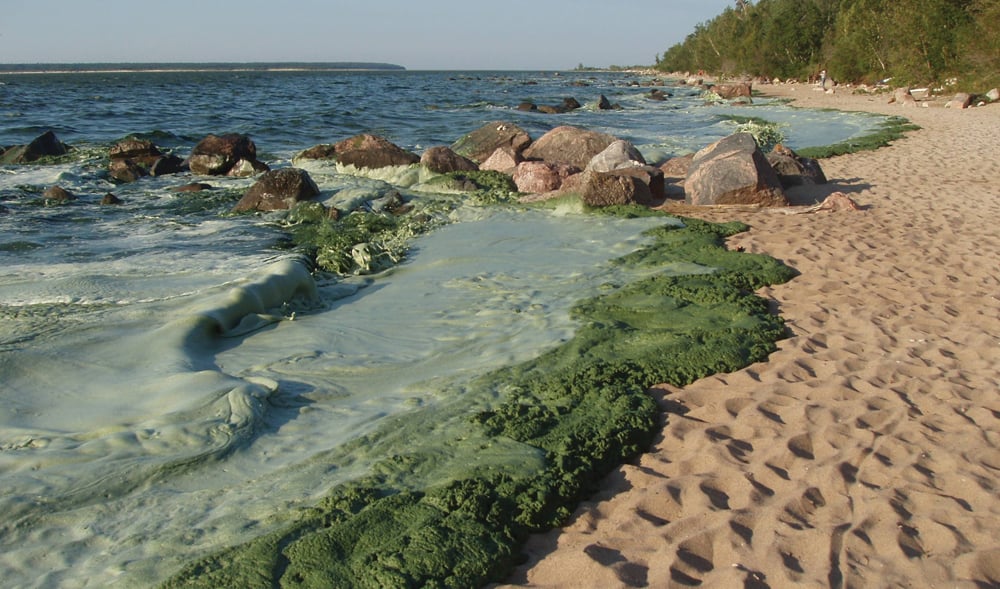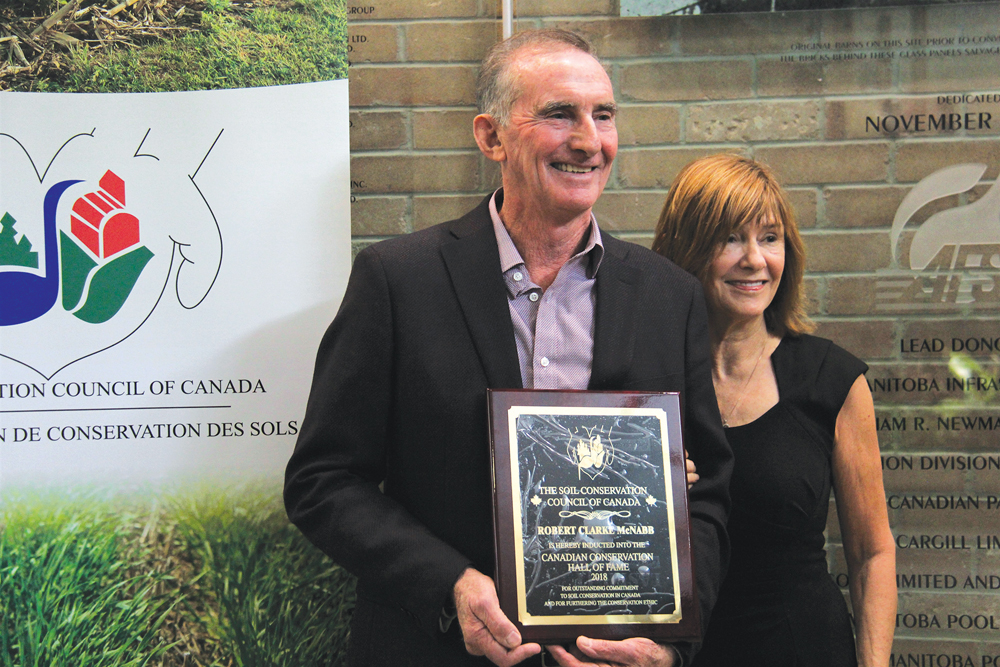Five years after Manitoba officially proclaimed the Newdale Clay Loam its provincial soil, the tiny village bearing the same name wants to recognize it too.
Local residents view International Year of the Soil as the perfect time to get their idea off the ground — so to speak. So last week — just in time for Soil Conservation Week in Canada — they met with provincial soil scientists to dig a little deeper into the plan.
“Ever since Newdale Clay Loam was designated Manitoba’s official soil, I’ve thought that we as the community of Newdale should do something to acknowledge it and celebrate it,” said Bruce Dalgarno who farms at Newdale.
It’s a great idea, say Manitoba Agriculture Food and Rural Development’s soil fertility specialist John Heard and land use specialist Elaine Gauer, after a meeting with Dalgarno, his wife Carol and other members of the village’s historical society.
The Manitoba Soil Science Society (MSSS) worked very hard to have a provincial soil declared, said Gauer. A partnership with a town bearing the same name is a perfect fit.
“This is a great opportunity to teach people about the importance of soil and about the importance of agriculture, which are two things people don’t give enough thought to,” said Gauer.

Talk last week was mostly about erecting a sign just outside Newdale along Hwy. 16, and possibly some sort of small interpretive centre in town explaining both the formation of Newdale soil and including some of the village’s own history as well.
The link between this soil and their community’s origins are seamless, Dalgarno said.
“The soil is what brought people here 140 years ago. It’s what gave life to the Prairie,” he said. “We’ll get some discussion going as to what’s the next step and who we can get on board to help us.”
Another idea floated at the April meeting was hosting a field day later this year, possibly in fall to involve local children and youth.
Read Also

First Manitoba hay harvest short
Manitoba’s first hay cut of 2025 isn’t huge by initial counts, but things are worse farther west in the Prairies
Newdale won a lottery of sorts five years ago when the province acclaimed Newdale Clay Loam.
That’s because there are over 10,000 soils in Manitoba and they all bear place names, explains Gauer.
“When the soil survey was done, starting in the ’40s, ’50s and ’60s, we needed names, and they just picked the name of the nearest town or village or whistle stop along the way,” she said, adding today some soils today bear names of towns that no longer exist.
Newdale Clay Loam, which covers some 1.3 million acres and typifies the clay loam soil farmed across western Manitoba, developed under grasslands over many thousands of years.
This Black Chernozem soil — there’s more in this province than any other in Canada — formed after the ice age, when glaciers acting like a giant blender ground together granite, limestone and shale. About 12,000 years of Prairie grass growth overtop eventually formed this rich soil with its characteristic darker surface layer, said Heard.
Linking their own spot on the map to the provincially acclaimed soil is something that, to his knowledge no other province or state has done, he said.
Other provinces also officially recognized soils including the Charlottetown Soil of Prince Edward Island and Queens Soil of Nova Scotia, he said.
“It would be unusual to have that celebration of having the soil recognized along with the community,” he said. “We would be unique in celebrating and recognizing it as an icon.”
American states also have designated soils but not all are enshrined in legislation, Heard said. Many U.S. soils are also named after towns, but most bear names of Native American tribes.




















